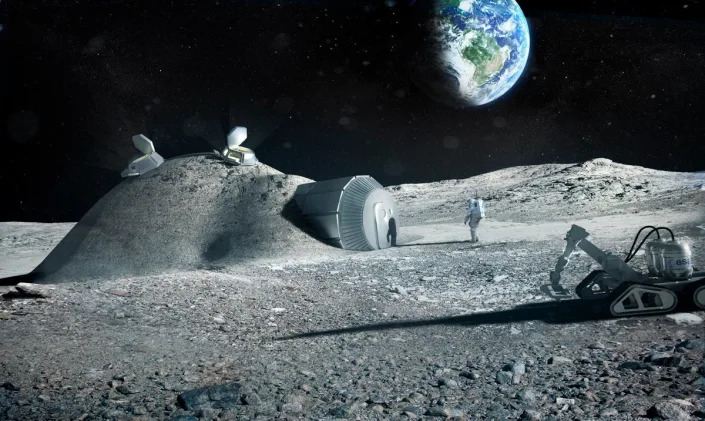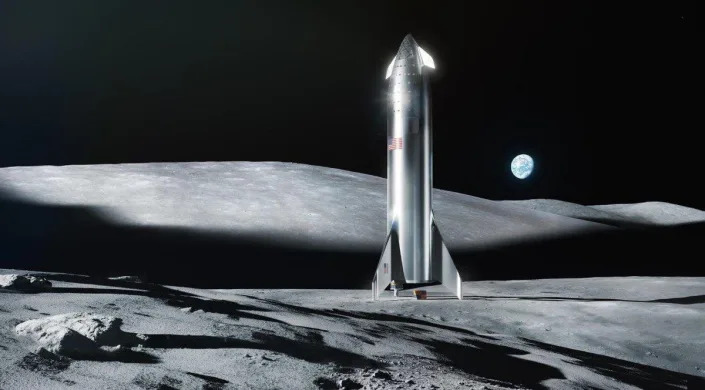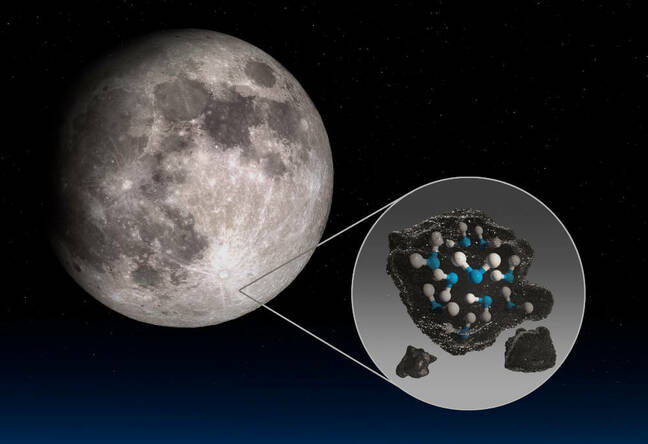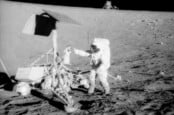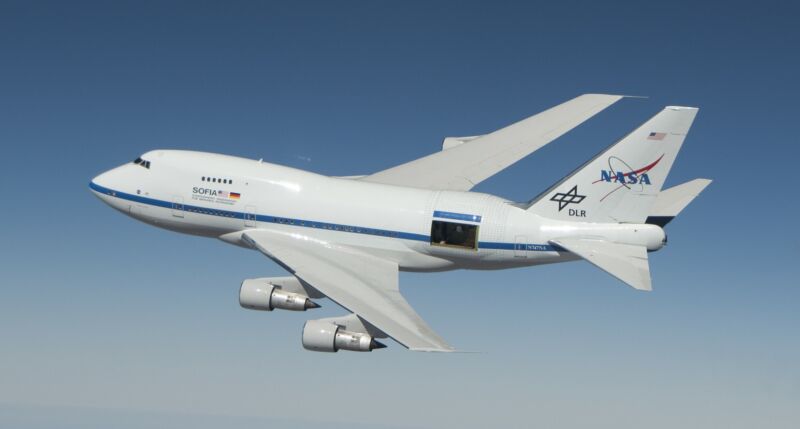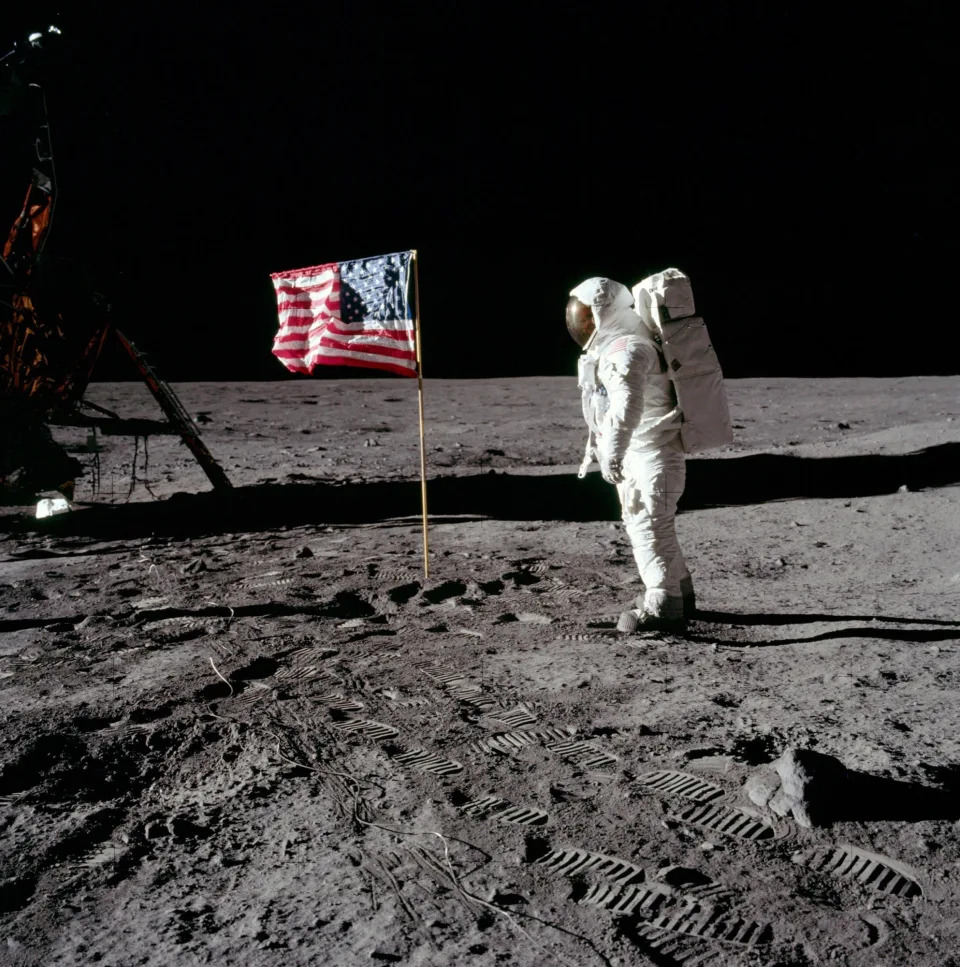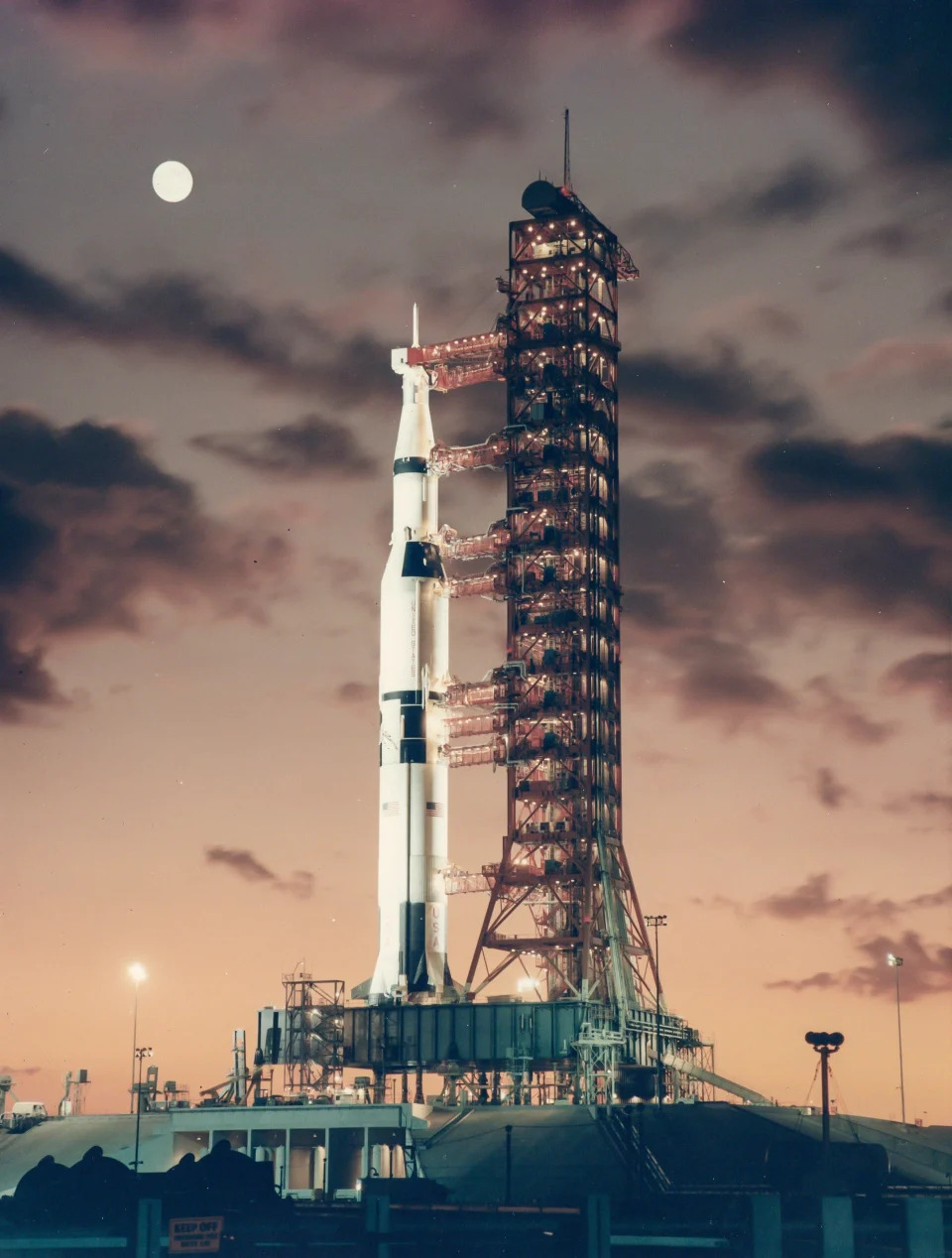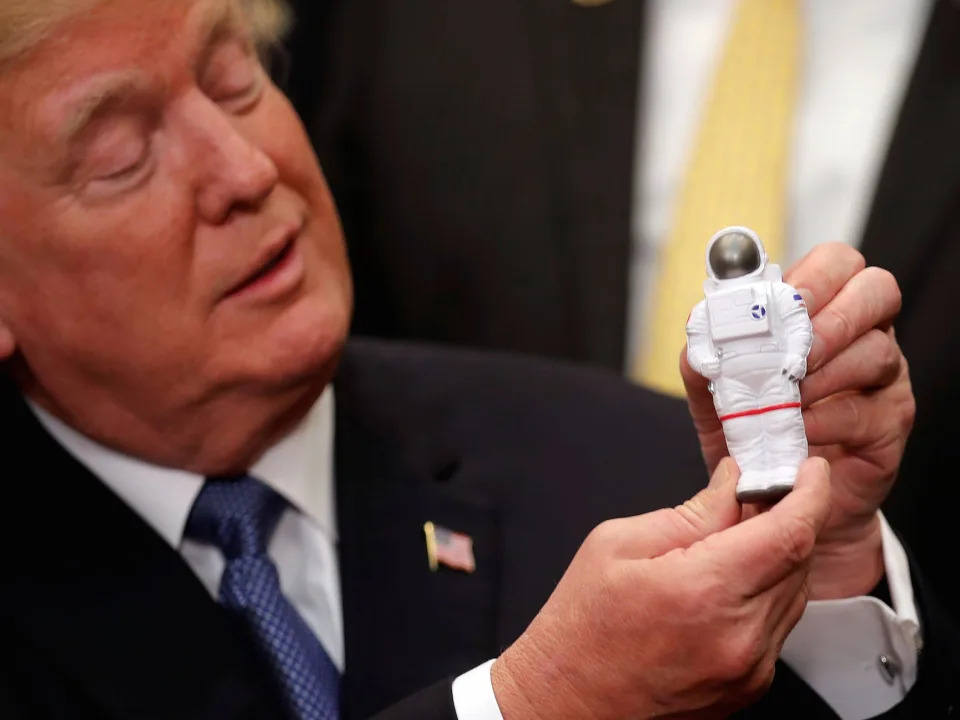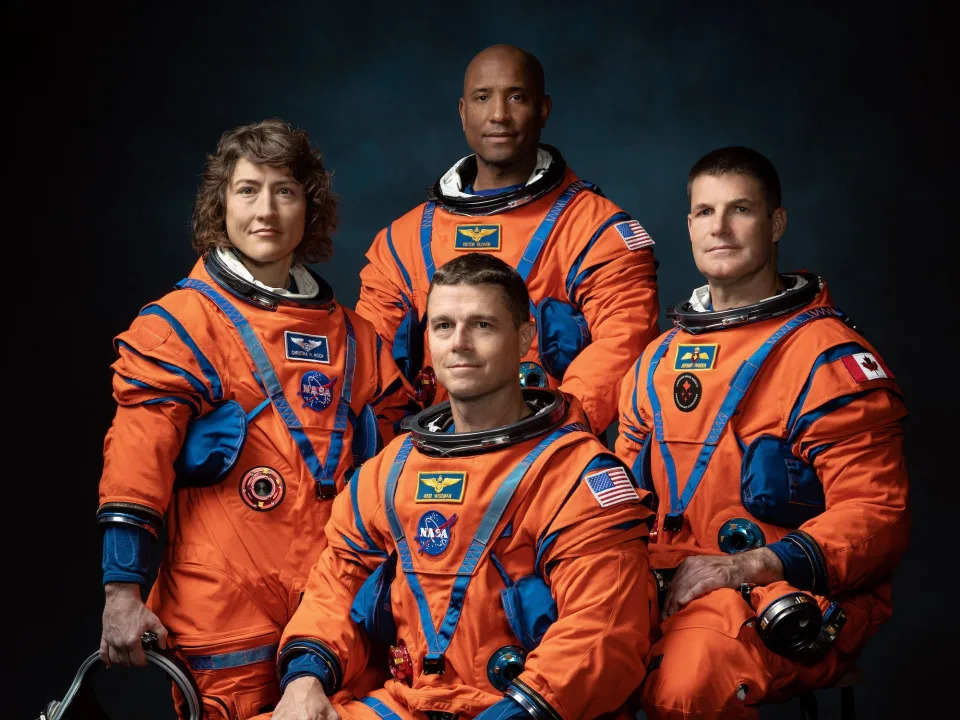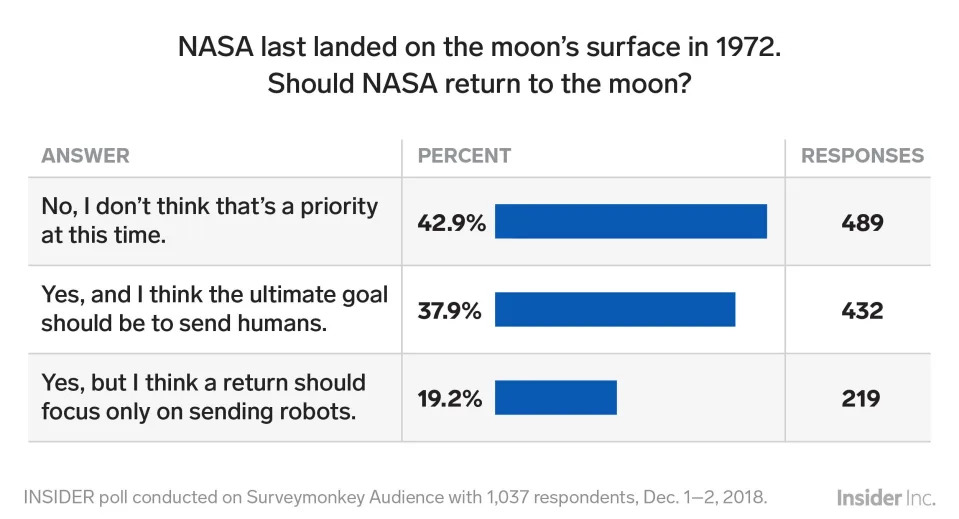The Moon is a Harsh Mistress is one of my favorite Heinlein novels along with Stranger in a Strange Land. Its about a revolt of a moon colony and their reorganization as an anarchist society. One of its characters Manny a technician worker who is an communist (well a Cold War Russian at least).
The Moon is a Harsh Mistress is similar to Stranger in a Strange Land (1961) in that both describe social upheavals, and both contain a strong streak of irony. In The Moon Is a Harsh Mistress, the irony is that although the lunar colony is, at the beginning of the story, theoretically a kind of prison ruled by a tyrannical Warden, in reality the Warden seldom interferes in lunar society, which is portrayed as a kind of libertarian utopia. When the revolution succeeds, the new lunar government succumbs to its own worst instincts to regulate society to the hilt. The novel is notable stylistically for its use of an invented Lunar dialect consisting predominantly of English words but strongly influenced by Russian grammar (cf. Nadsat slang from Clockwork Orange by Anthony Burgess).
Well today Russia announced is planning to build a base on the moon for industrialization rather than weaponization of space.
Russia plans to put a mine on the Moon to help boost energy supply
Independent -
Russia has staked out plans to recapture its Soviet-era space-race glory and start mining the Moon for a promising energy resource that scientists say could meet the Earth's power needs for more than a thousand years.
Russian Rocket Builder Aims for Moon Base by 2015, Reports Say
Bloody well about time too. That someone used the space race for something other than weapons systems, spy sattelites and 500 channels on TV.
We should have had a viable space station orbiting in the L5 years ago, with regular missions to the moon, ala 2001 A Space Odessy.
But the Space Race was part of the Cold War and after that it was part of the American privatization of NASA at any cost program around the Space Shuttle. A cost which was measured in lives lost rather than missions accomplished.
After the umpteenth mission we know the space orbiter works, now do something with it like build a space station, one that won't come crashing down after a decade. But that opportunity is lost too. Won't be no more Space Shuttle missions, the point of which was what? Waste in space.
Really once the Reagan regime got the Space Weapons bug thats all the Space Shuttle missions were for, but seeing that no Weaponization systems could be put up well the Space shuttle went up and down, sometimes with horrendous accidents.
We should have one global space agency always should have. NASA the EU Space Program, the Japanese, Canadian, and all the other space programs and yes the Russians and Chinese should be part of a global space program. But sigh that is too much Star Trek for the liking of the Star Wars mentality around the Pentagon.
Now the Russians are onto something. Mining the moon, just like in the Moon Is A Harsh Mistress. One word of advice, from the novel, don't rely on prison labour for the miners or they may revolt and that would be Anarchy in space.
The Moon Is a Harsh Mistress - Wikiquote
Tags
libertarianism
anarchism
Russia
Moon Base
space
science
Moon Mining
science fiction
Robert Heinlein
The Moon Is A Harsh Mistress
agorism, counter-economics, left libertarian, new libertarian or Movement of the Libertarian Left.








